Summer 2021 Shumla Internship Experience: Part 1
My first few weeks here consisted of learning all about the pXRF, traversing the Texas landscape to see some amazing rock art sites, as well as befriending all the feral cats in Comstock. Please come along and see what being a Shumla intern is all about!
Shumla’s Headquarters is nestled on the U.S. – Mexico border in the town of Comstock, Texas. We are 30 minutes from any grocery store, McDonalds, or Starbucks. There is only one gas station and gem of a restaurant called J & P. However, Comstock has one of the best communities who make you feel at home. It houses more than one archaeologist with a knack for Dungeons and Dragons, a chemist with a postcard addiction, a retired teacher and one self-taught French pastry chef.
And of course, there is the rock art that resides in shelters and caves of the rocky terrain.
The rock art in the region is some of the best-preserved in North America. It also offers so much context to the people who used to live here and their ideologies and world-thinking. Dr. Carolyn Boyd, the founder of Shumla, has been studying these murals for years, answering questions as to what the rock art means and even how it was made. During my internship, I have been extremely privileged to work with Dr. Karen Steelman, an expert in archaeological chemistry. She is a chemist that works in collaboration with some of the best archaeologists, providing a glimpse into the past.
https://shumla.org/scienceintranslationpart1/
https://shumla.org/scienceintranslationpart2/
https://shumla.org/scienceintranslationpartiii/
Field Work
I also had the privilege of helping former Shumla archaeologist Jerod Roberts with his graduate thesis. Jerod is studying at Texas State University on acquiring more data about the Red Linear Style pictographs in the area. In the Lower Pecos, there are 4 main styles of rock art observed: Pecos River style, Red Monochrome, Bold Line Geometric and finally Red Linear style. Jerod is collaborating with Dr. Steelman’s lab at Shumla to answer exactly how old is the Red Linear style. Does it predate some of the other styles or did it exist in tandem?
To gain this information, we had to hike up and down the cactus blocked rocky terrain after an hour drive on dirt roads. Each site had its own challenges but also its own beauty. Once we get to the site, we introduce ourselves – finding the muted blacks, reds and yellows on the wall. Meticulous documentation is the name of the game, and each figure on the wall is photographed, measured and written down.
Once the work is finished, even after the hike down and back up, the humidity and heat – the adventure of seeing ancient rock art pushes you through all of it. These ancient places were sacred and have so much to teach if you are willing to see and are open to learn.
I’ll stop here for the first part of my internship. Stay tuned for Summer 2021 Shumla Internship Experience: Part 2 to see how this adventure unfolds!
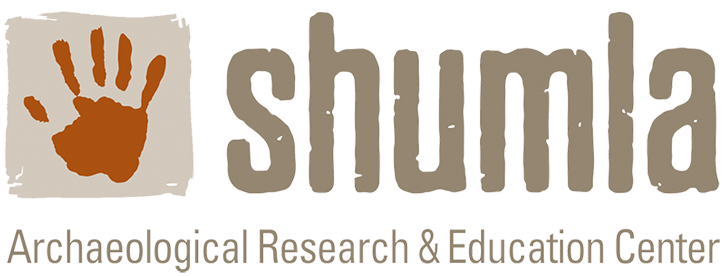
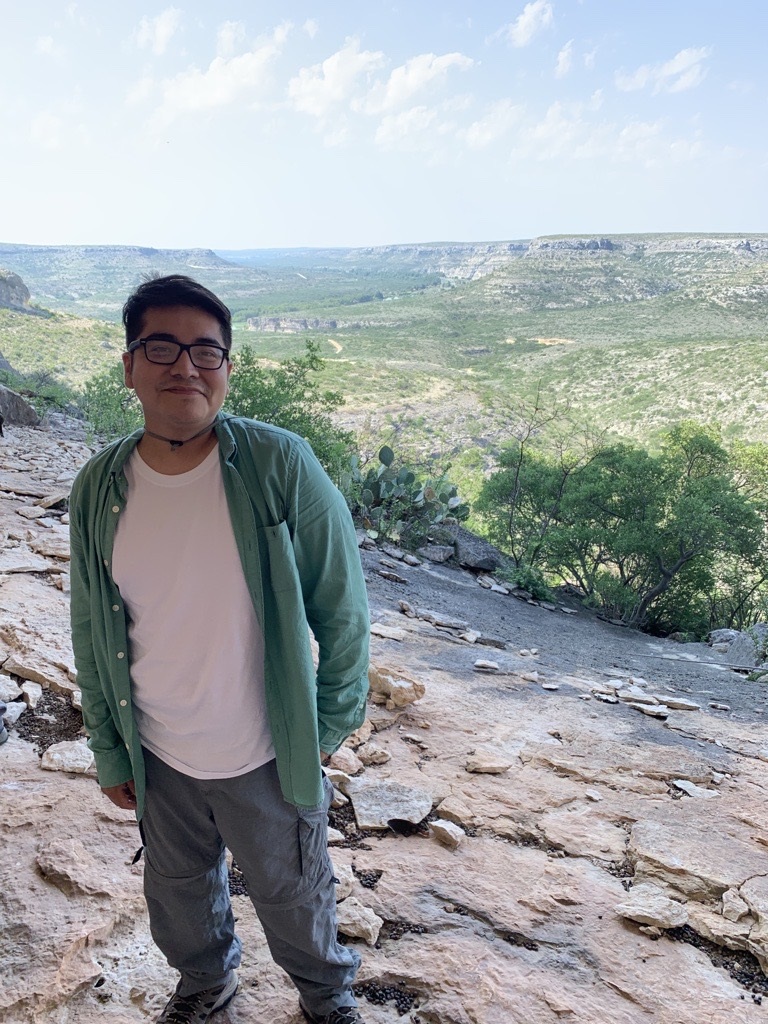


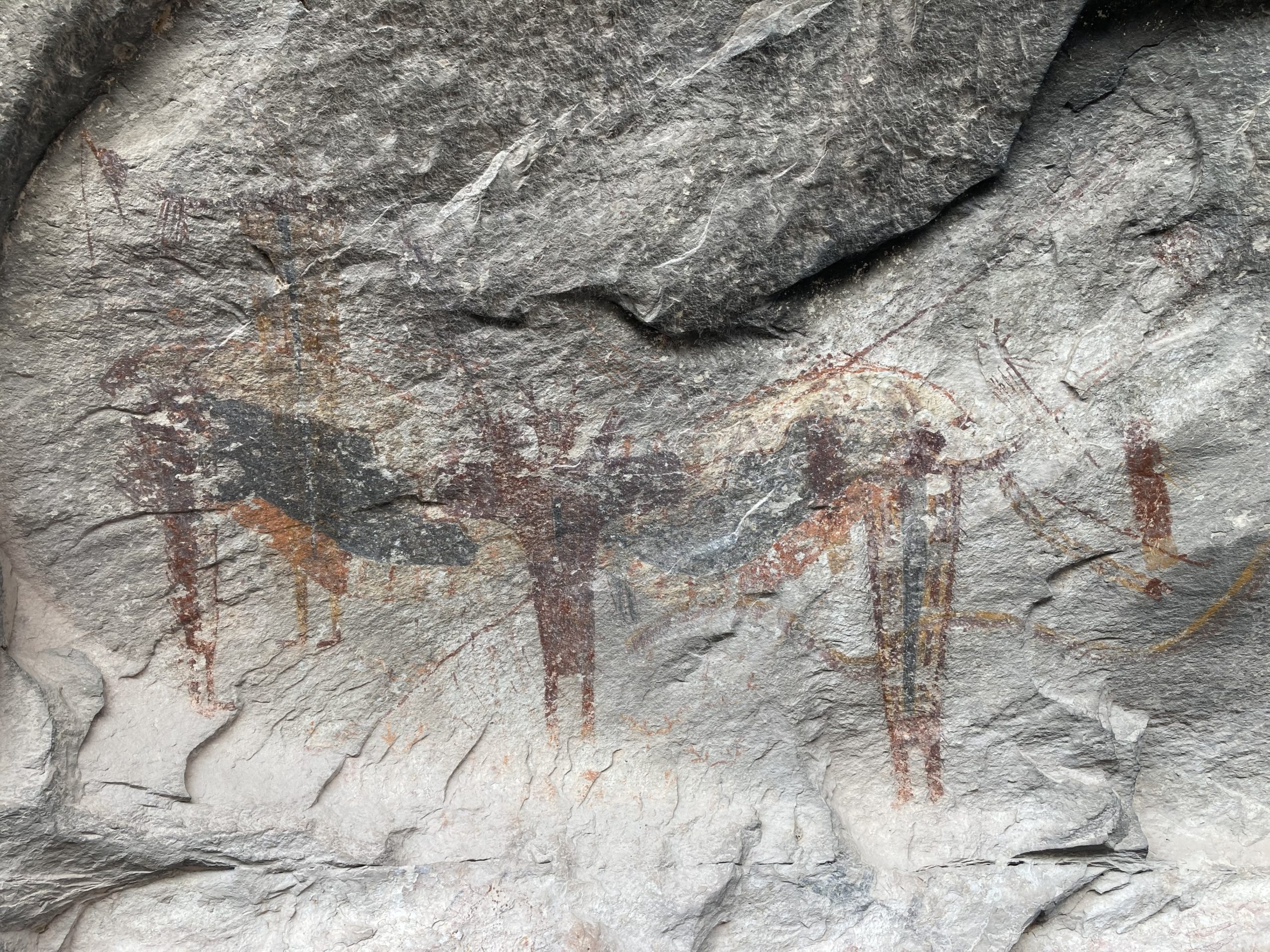

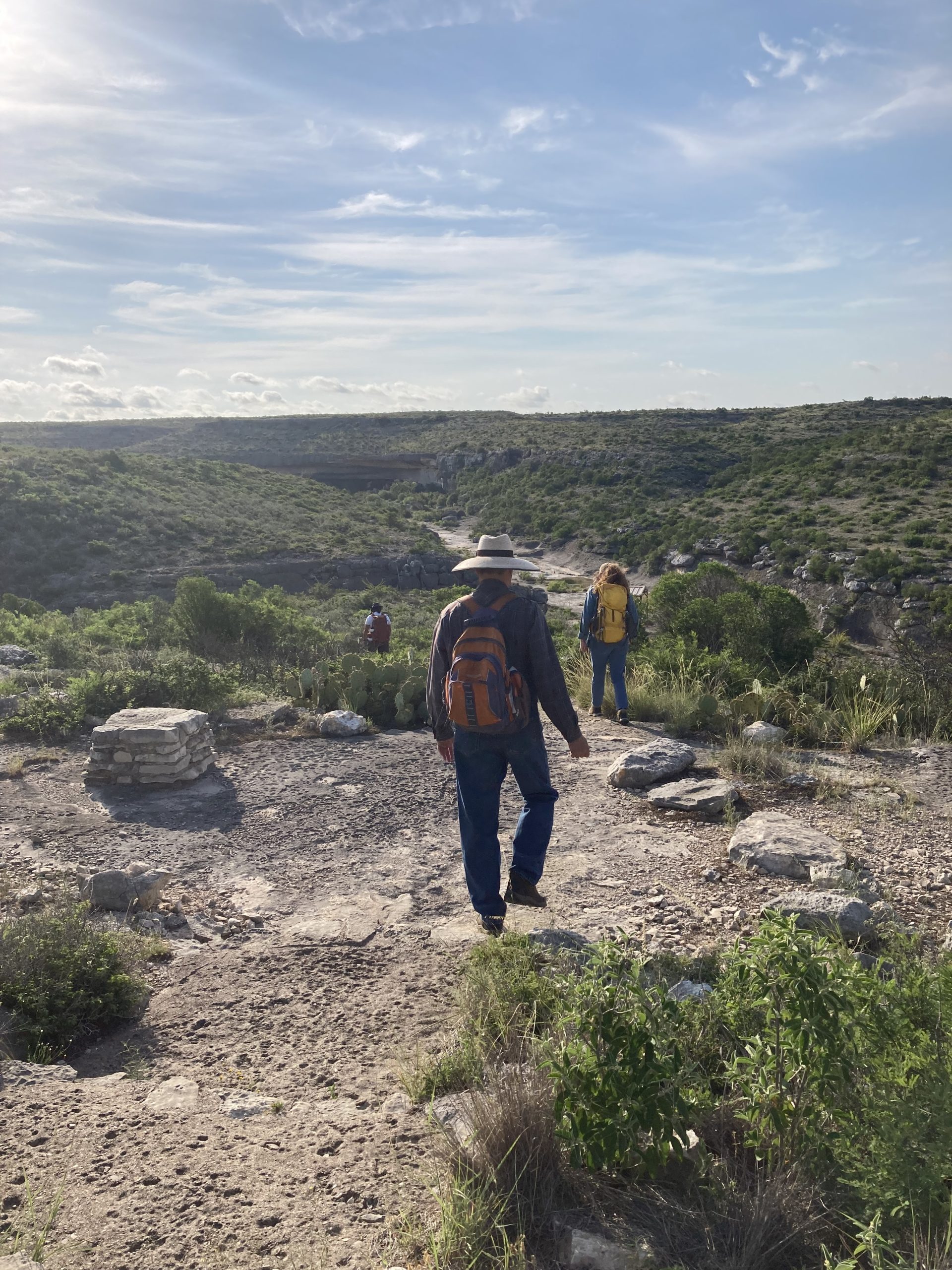
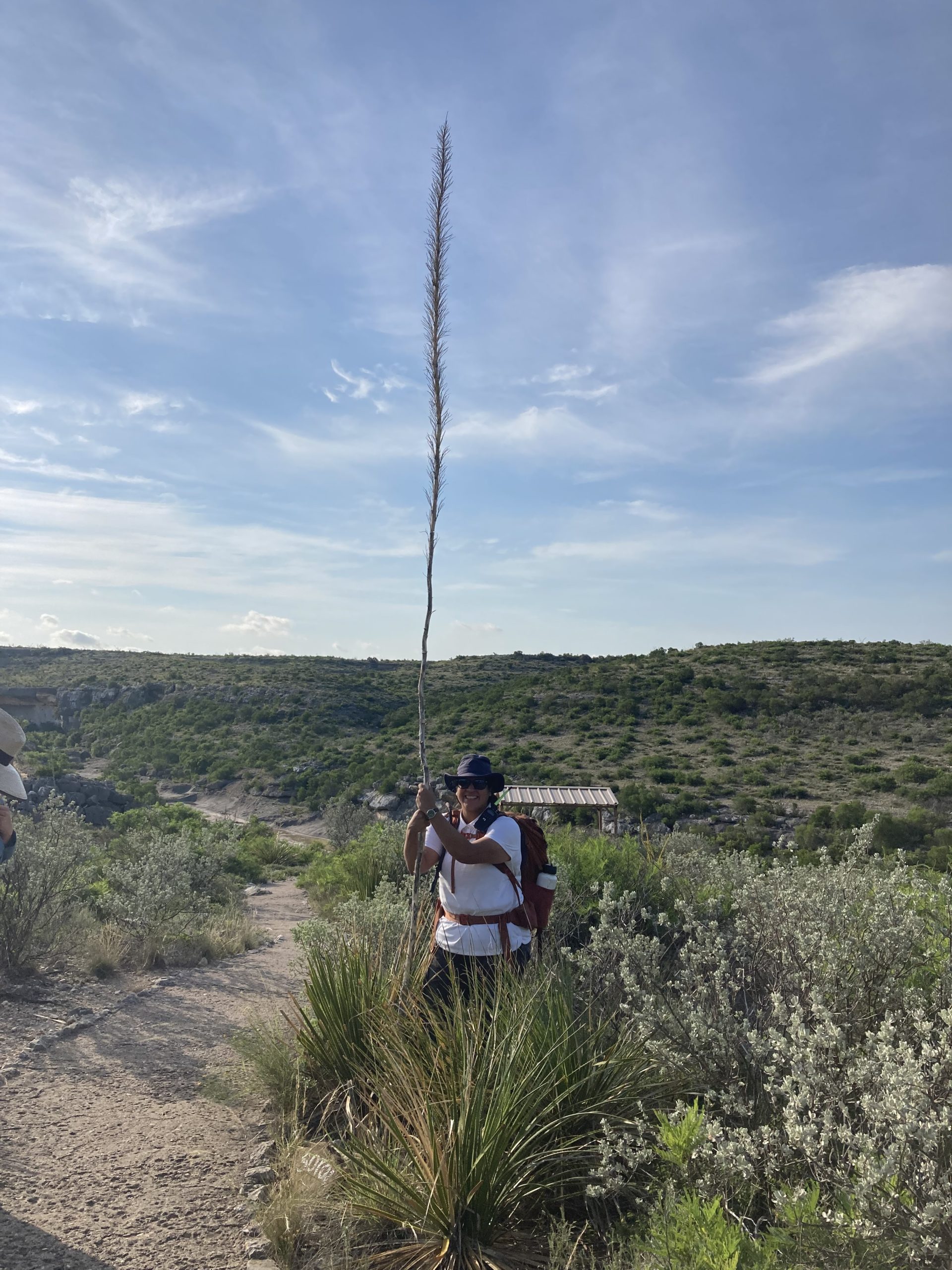
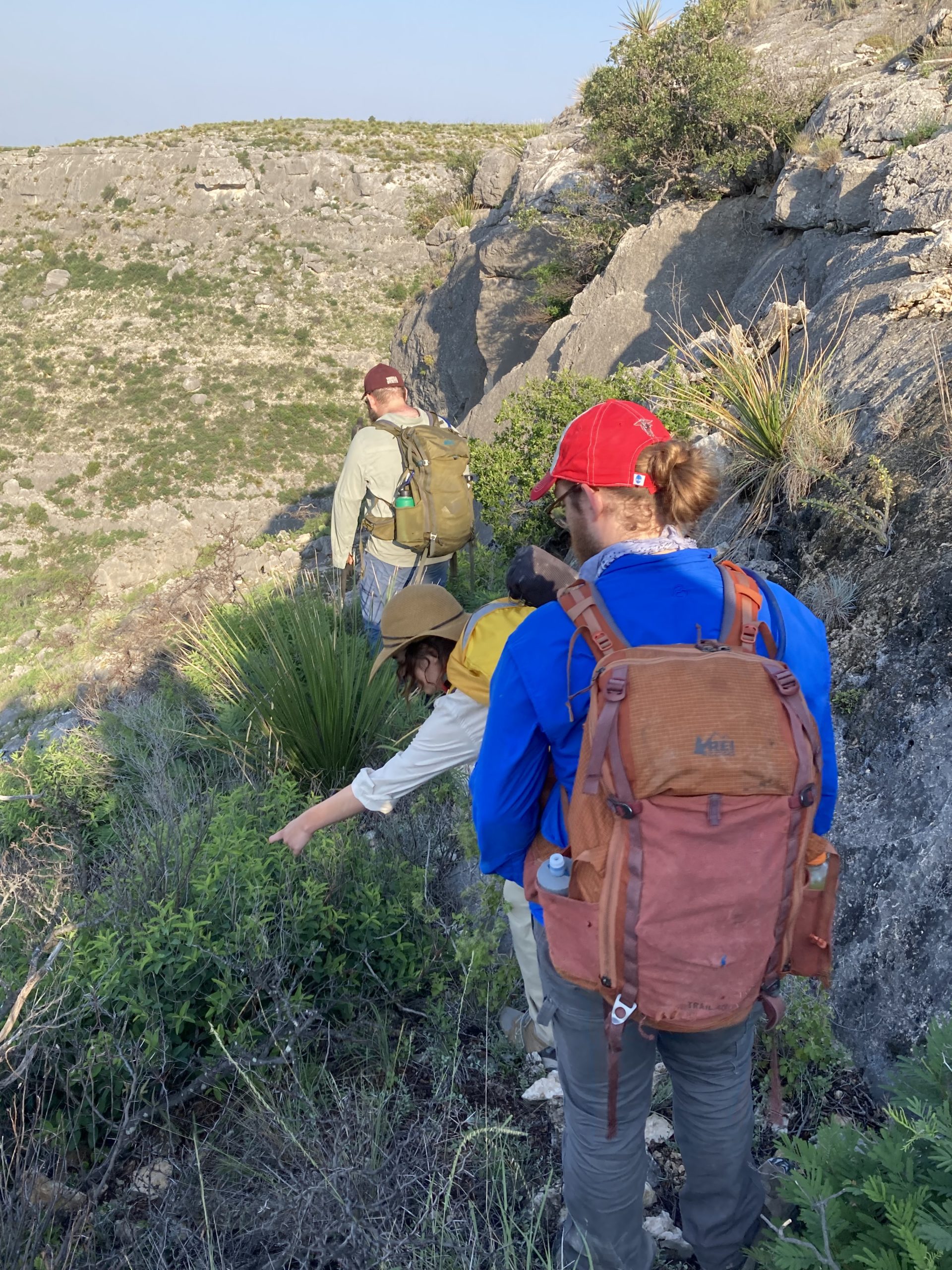
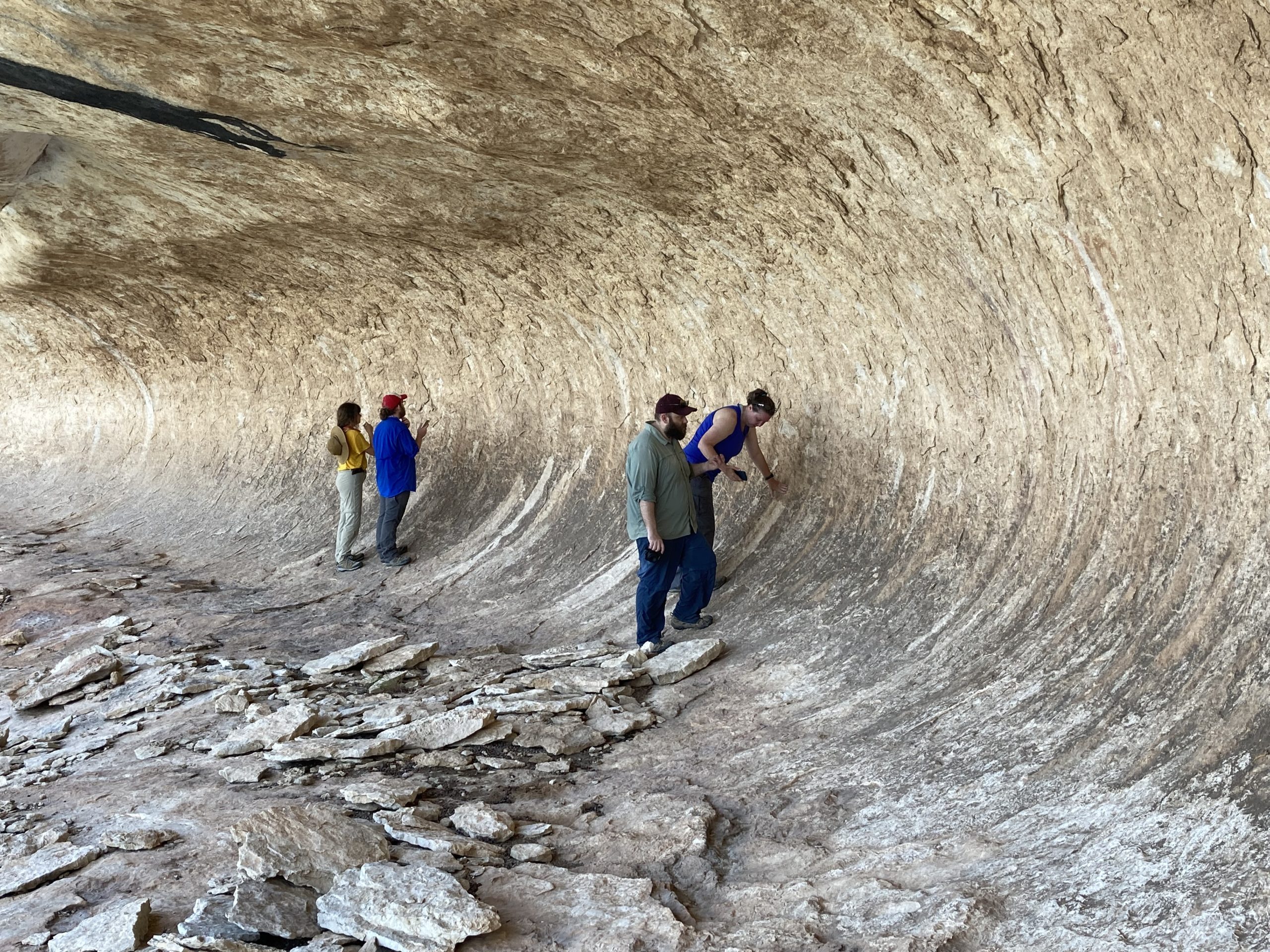
0 Comments